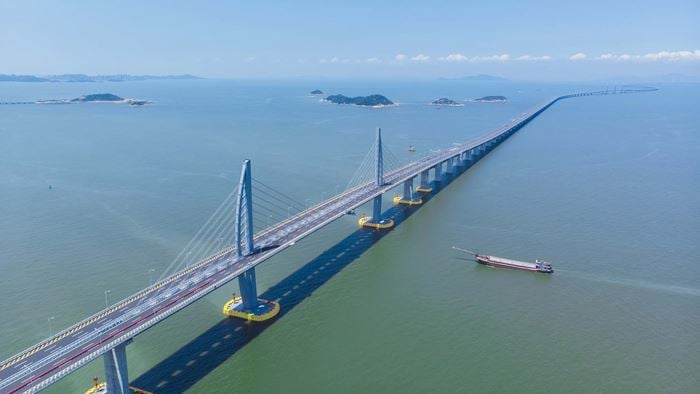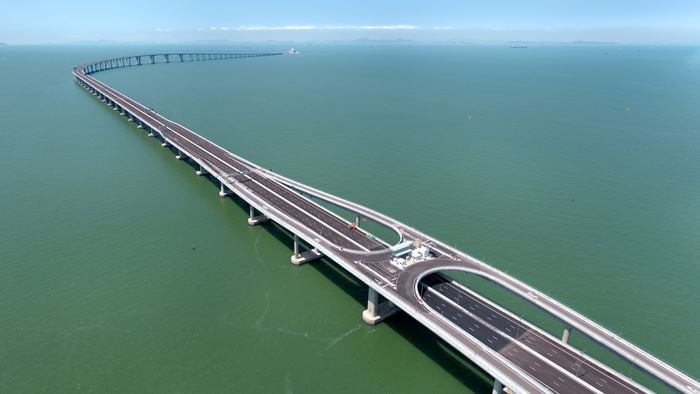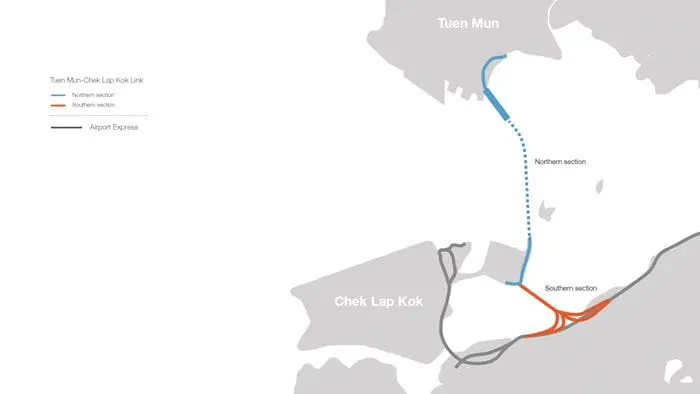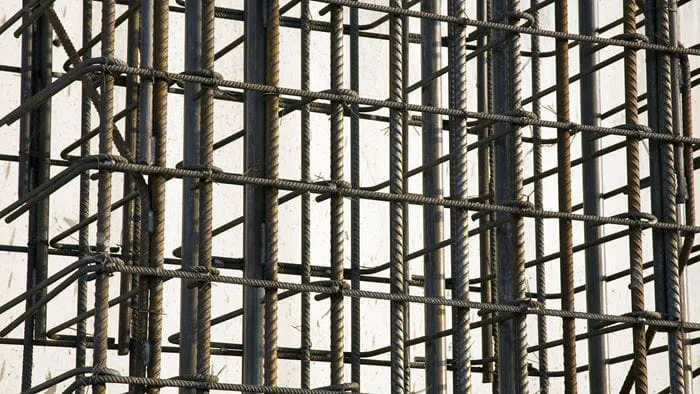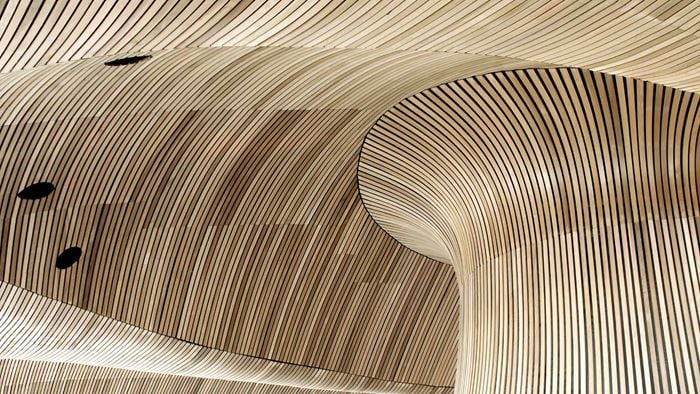The Hong Kong Boundary Crossing Facilities (HKBCF), located on a new artificial island next to the Hong Kong International Airport, serves to process cars, coaches and goods vehicles travelling between Hong Kong and Zhuhai/Macau via the Hong Kong-Zhuhai-Macau Bridge.
Upon the three governments of Guangdong Province, Macau and Hong Kong agreeing to adopt the concept of ‘separate locations of BCF mode’ in 2006, Arup undertook a study to identify the possible site options and recommend the best option for the BCF within the Hong Kong territory.
An artificial island at the north-eastern waters of the Airport Island has been created for the HKBCF, which has major benefits in terms of convenience to the travelers and connectivity to nearby highways and airport. The location can also avoid the principal fairway of Urmston Road and Tung Chung Navigation Channel and reduce environmental impact by integrating the reclamation of southern landfall of the Tuen Mun-Chek Lap Kok Link Tunnel.
Arup was also commissioned for the detailed design of the reclamation of the HKBCF. Apart from traditional treatment of in-situ marine mud using band drain with surcharge in the main body of reclamation, we formulated an innovative fully non-dredged reclamation scheme involving maximum 32m diameter steel circular cofferdam comprising thin steel sheet piles with ground treatment, in the form of stone columns, for the seawalls to form 150ha artificial island with all the in-situ marine sediment left in place.
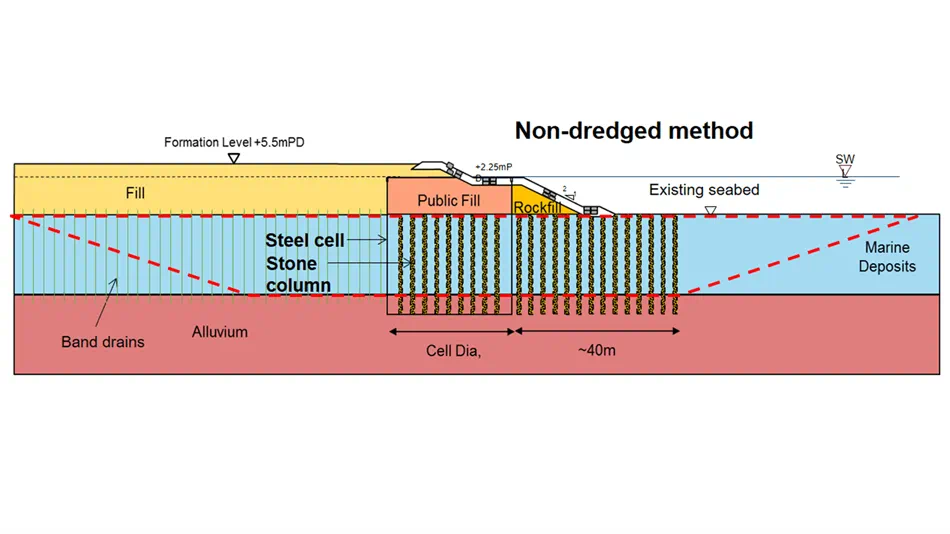
Negating the removal of soft subsea sediment, reducing the construction vessel traffic density as well as seeking a suitable marine dump site for the excavated sediment has resulted in a holistic sustainable solution. The works also reduce the impact on the marine habitat, such as Chinese white dolphins, which can be seen in the nearby waters. Arup also proposed an unconventional finished sloping seawall profile to minimise the wave impact to the island.
The completed reclamation was tested by two severe typhoons passing by Hong Kong before the HKBCF became operational.
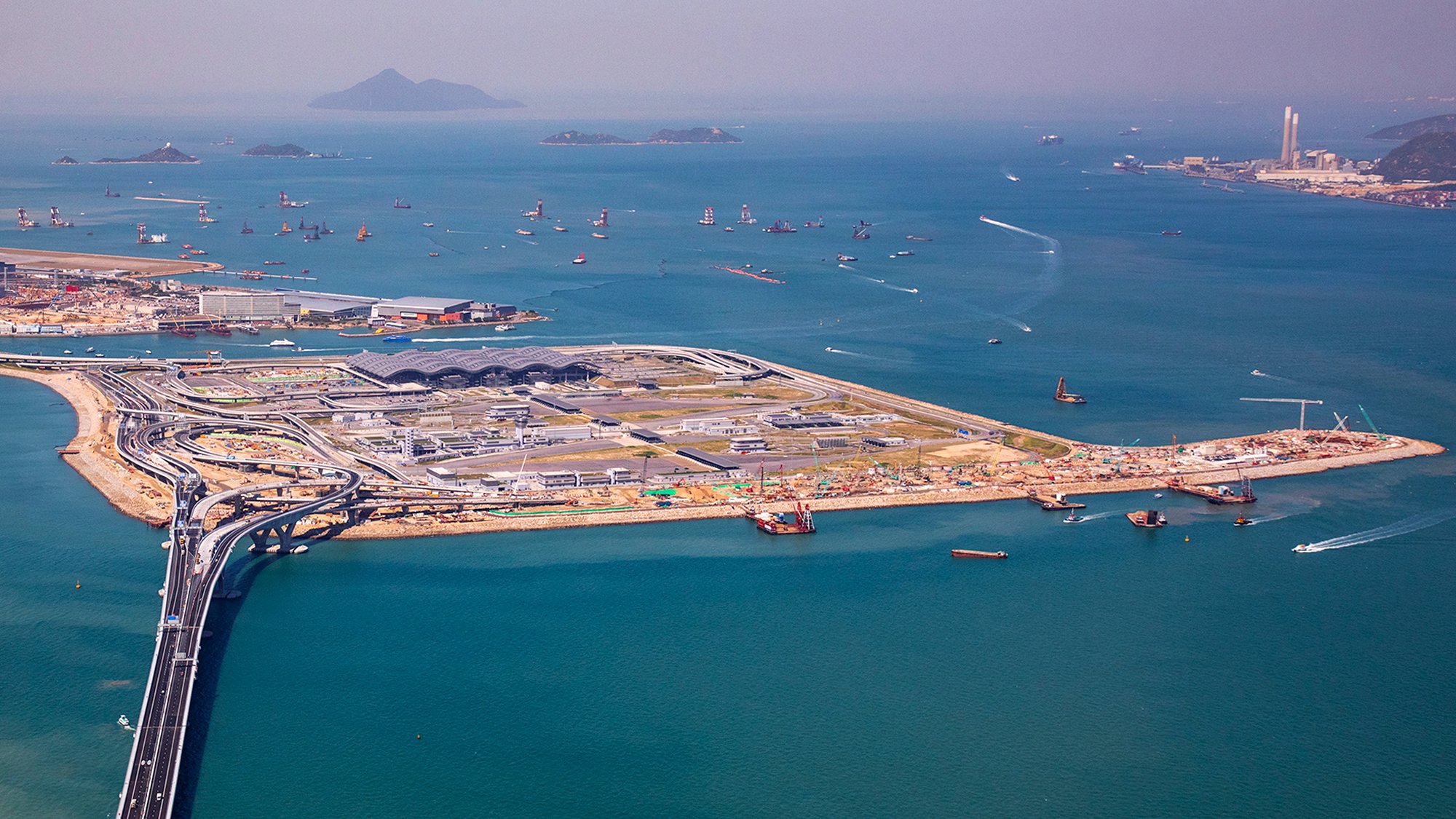 ;
;

